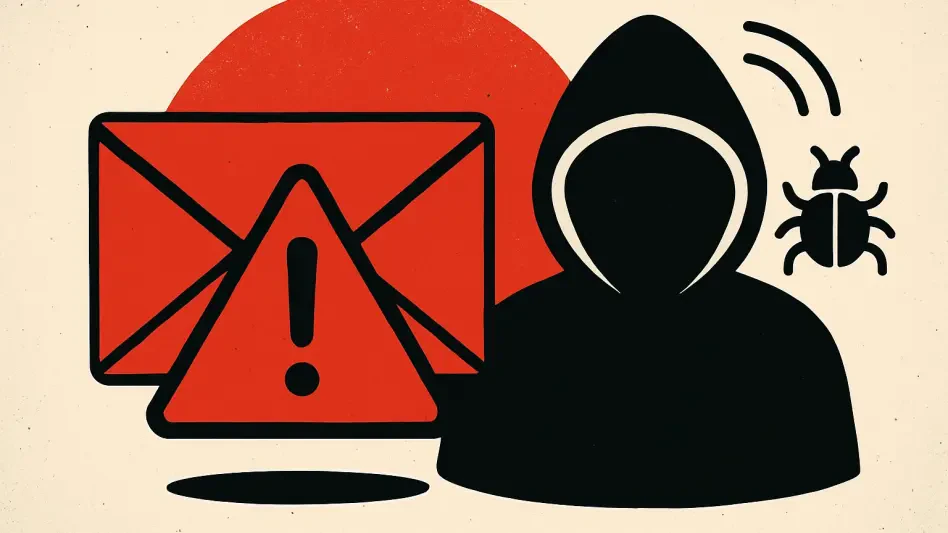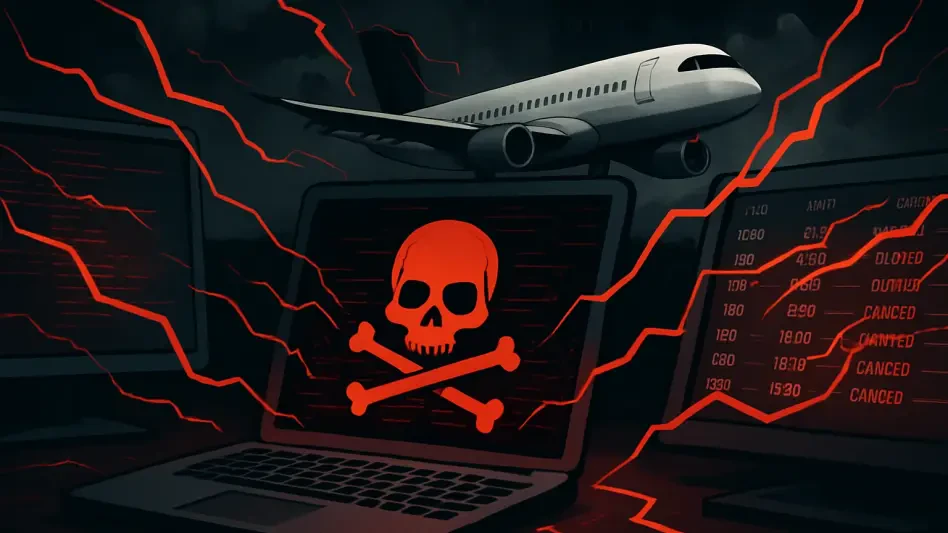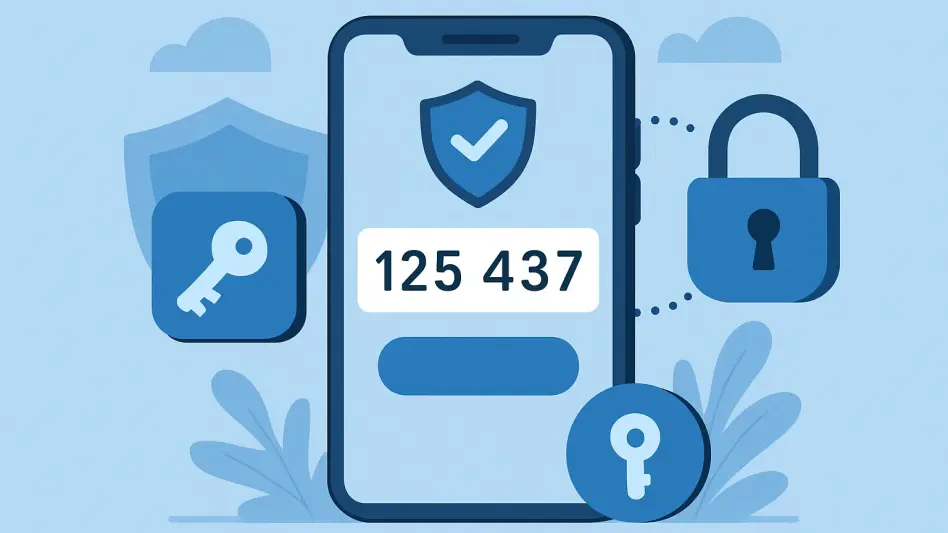What happens when a single email can bring one of India’s most vital judicial institutions to a standstill? On an otherwise routine day in New Delhi, a chilling message landed in the inbox of the Delhi High Court, claiming a bomb threat that sent ripples of alarm through the city, exposing the razor-thin line between safety and panic in a metropolis constantly on edge. This gripping scenario sets the stage for a deeper exploration into how authorities respond to such threats, the impact on the public psyche, and the measures in place to prevent chaos.
The significance of this event lies not just in the immediate response but in what it reveals about the state of security in urban centers like New Delhi. With public institutions often targeted by anonymous threats, each incident tests the resilience of systems designed to protect citizens. This story uncovers the meticulous efforts of the New Delhi Police, the psychological weight of false alarms, and the broader implications for safety protocols in an era where digital threats are as dangerous as physical ones.
A Shocking Email Ignites Fear
The day began like any other at the Delhi High Court, with legal proceedings and bustling activity filling the premises. Then, an email arrived, its contents stark and menacing, alleging a bomb threat that could endanger countless lives. The message, though lacking specifics, was enough to trigger an immediate state of high alert among court officials and security personnel, casting a shadow of uncertainty over the capital.
The initial reaction was swift, as the gravity of a potential attack on such a critical institution could not be ignored. Staff and visitors alike felt the tension rise, with whispers of danger spreading through the corridors. This moment of heightened fear underscored how even the mere suggestion of violence can disrupt normalcy, pushing authorities into action to ensure no risk was overlooked.
The Rising Tide of Bomb Threats in Urban Centers
In today’s world, bomb threats—whether genuine or fabricated—carry a profound impact, shaking the foundation of public trust. Cities like New Delhi, home to key government and judicial bodies, are particularly vulnerable to such incidents, with perpetrators often exploiting digital anonymity to sow fear. Statistics from recent years indicate a troubling rise in hoax threats via email, with a reported 30% increase in such cases across major Indian cities from 2025 onward, according to security analysts.
These false alarms do more than just waste resources; they erode confidence in safety mechanisms and heighten anxiety among the populace. The psychological toll is significant, as each threat, regardless of credibility, forces communities to grapple with the possibility of real danger. This broader context highlights why every incident, even a hoax, demands a serious and thorough response from law enforcement.
Inside the Investigation: Unraveling the Hoax
Once the threatening Pal received, the New Delhi Police, under the leadership of Deputy Commissioner of Police Devesh Kumar Mahla, sprang into action. Following strict standard operating procedures, teams conducted an exhaustive search of the Delhi High Court premises, leaving no corner unchecked. Bomb disposal units, canine squads, and security personnel worked in tandem to assess any signs of danger, ensuring the safety of everyone on site.
As the investigation unfolded, a critical detail emerged: the email contained no actionable specifics, such as a time, location, or method of attack. This absence of concrete information raised red flags about its authenticity, guiding authorities toward a preliminary conclusion. After hours of rigorous checks and analysis, the threat was officially declared a hoax, a finding that brought relief but also prompted reflection on the ease of creating such disruptions.
The process revealed the precision and dedication with which security forces operate, even in the face of likely false alarms. Every step was documented, and every protocol followed, demonstrating a commitment to public safety that transcends the outcome of any single incident. This meticulous approach serves as a benchmark for handling similar situations in high-stakes environments.
Official Voices: Balancing Caution and Calm
Deputy Commissioner of Police Devesh Kumar Mahla addressed the incident with clarity, emphasizing the importance of treating every threat as credible until proven otherwise. “No risk is too small to ignore when it comes to public safety,” Mahla stated, underscoring the philosophy that guides police response in New Delhi. His words reflected a broader ethos within law enforcement to prioritize precaution over assumption, even at the cost of extensive resources.
Security experts also weighed in, noting the growing challenge of distinguishing genuine dangers from digital hoaxes in an age of anonymous communication. A seasoned analyst remarked that while technology enables rapid threat dissemination, it also complicates verification, often stretching police capabilities thin. These insights from authoritative figures provided a layer of reassurance, affirming that the system, though tested, remains steadfast in its mission to protect.
The official narrative was clear: while this particular threat proved baseless, the response was a necessary exercise in vigilance. This balance between caution and calm aimed to restore public confidence, ensuring that the resolution of the hoax did not diminish the seriousness with which future incidents would be approached.
Preparing for Tomorrow: Lessons from a False Alarm
The resolution of this hoax offers valuable takeaways for both authorities and the public in navigating an unpredictable security landscape. Robust protocols, as demonstrated by the Delhi High Court response, are essential in maintaining order during crises, whether real or fabricated. Regular drills and updated safety measures must remain a priority for institutions housing critical functions, ensuring readiness at all times.
Public awareness also plays a pivotal role in bolstering security. Citizens are encouraged to report suspicious activities promptly while avoiding the spread of unverified information that could fuel panic. Educational campaigns on recognizing and responding to potential threats can empower communities, creating a collaborative defense against disruptions.
Looking ahead, the New Delhi Police have committed to enhancing digital surveillance to track and prevent anonymous threats before they escalate. Strategies include advanced monitoring of online platforms and partnerships with tech experts to trace malicious communications. These proactive steps signal a forward-thinking approach to safeguarding the capital’s key institutions and its people from future risks.
Reflecting on a Day of Alarm
The day the Delhi High Court received that ominous email stood as a stark reminder of the fragility of peace in a bustling city. The swift mobilization of the New Delhi Police, led by DCP Devesh Kumar Mahla, showcased a system honed to respond with precision, ultimately uncovering the threat as a hoax. Yet, the hours of uncertainty left an indelible mark on those who witnessed the event unfold.
Moving forward, the incident prompted a renewed focus on strengthening security frameworks and public cooperation. Authorities began exploring innovative tools to counter digital threats, while urging citizens to remain vigilant partners in safety efforts. This collective resolve, born from a day of false alarm, paved the way for a safer tomorrow, ensuring that even hoaxes could not undermine the capital’s commitment to protection.








